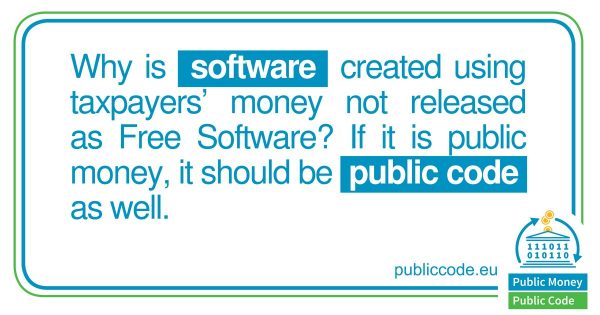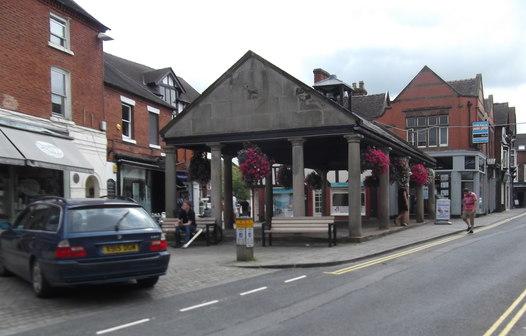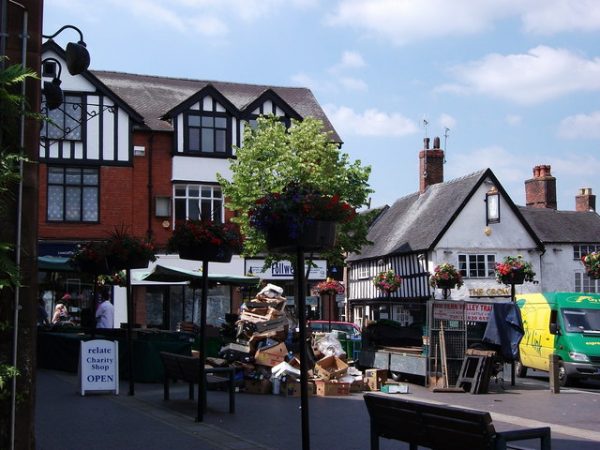France: printer manufacturers sued
One point often made is that, drop for drop, ink for inkjet printers is more expensive than vintage champagne.
However, in France one organisation is taking a stance against the profiteering practices of some printer manufacturers, Le Monde Informatique reports.

For the HOP (Halte à l’Obsolescence Programmée = Stop Planned Obsolescence) campaign group, the office printer industry has a developed processes which force users to renew their equipment and consumables whilst they are still fully functional.
On 18th September HOP filed an initial complaint against persons unknown with the Nanterre District Court for planned obsolescence. Brands such as HP, Canon, Brother and Epson are cited in the arguments accompanying the petition. To bring its action HOP is using the Consumer Code as a basis; since 2015 this has punished “recourse to techniques by means of which the person responsible fora product’s marketing deliberately intends to reduce its service life to increase its replacement rate”. This is an offence punishable by two years imprisonment, a €300,000 fine and even a financial penalty of up to 5% of the guilty party’s turnover.
Impossible to print while there’s still plenty of ink left
HOP rebukes manufacturers for knowingly preventing printing on the pretext that a cartridge is empty while it still contains ink. Epson, which is often cited to support the charge, uses a chip to count the number of copies and print head cleaning operations carried out in order to determine the level of ink left. The system is not particularly reliable since tests carried out on some Epson equipment have shown that there is sometime at least 20% in left in some cartridges. However, the manufacturer prevents printing at this level until a new cartridge is inserted, according to HOP, which views this as a wish to make the product unusable and thus increase replacement rate for the very expensive cartridges.
Shortening the life of a working printer
HOP’s other argument condemning the manufacturers’ planned obsolescence strategy highlights the fact that they use the same counting method to indicate the end of life of the waste ink pads fitted in inkjet printers. Once again, the paid is not full when the message is broadcast to users who are nevertheless unable to print from that point onwards. According to HOP, the proof is that reprogramming utilities enable printers to be unlocked and high quality copies produced for a long time afterwards. For manufacturers the aim is to push new equipment sales as the cost of repair and replacing the pad would be greater than a printer’s purchase price.
A head start on compatible cartridge manufacturers
In addition, HOP’s petition states: “by bringing about the purchase of a new printer, the manufacturer is also bringing about the purchase of a new cartridge model that accompanies it, also gaining several months in its race against compatible cartridges. This possibility implies or gives rise to suspicion of a prior agreement between all the manufacturers.”
It remains to be seen if the court will initiate a serious inquiry into the basis of the complaint filed by HOP. If so, it would have to demonstrate the intent of the printer manufacturers. In the United States HP was sued by a consumer association for some of the same reasons put forward by HOP, with the outcome that the manufacturer had to reach an agreement, paying out $5 mn. to compensate the plaintiffs.
 This coming Saturday 23rd September,
This coming Saturday 23rd September, 






 The shambles that is the Ministry of Justice’s outsourcing of court interpreting services continues, although it does not have such a high media profile these days.
The shambles that is the Ministry of Justice’s outsourcing of court interpreting services continues, although it does not have such a high media profile these days.
